Appalachian Trail ... Hiking the Maryland Challenge ...
History in Crampton Gap
(Gallery Has Nine Pictures)
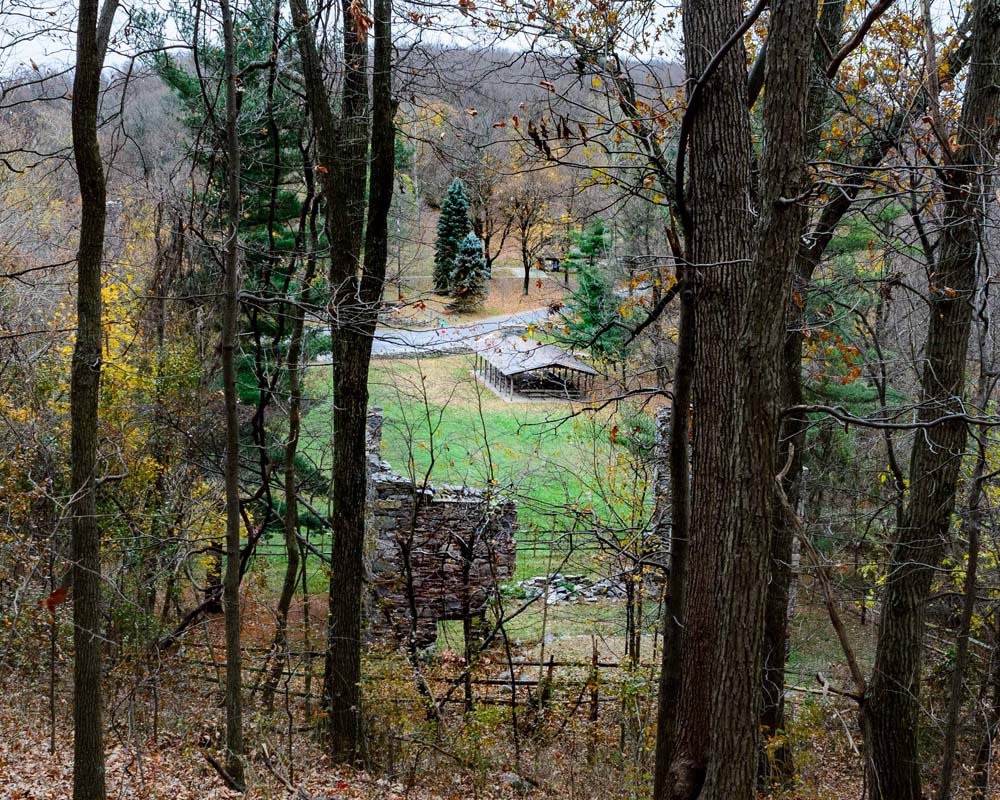
Here is a view looking down into Crampton Gap from the north, standing on the Appalachian Trail. Imagine the Battle of Crampton's Gap, if you will. The Union troops of the Sixth Army Corp under Major General William B. Franklin were delayed by the southern forces here until the southern forces were finally pushed west out of the gap. With this northern victory, the southern army was forced to withdraw from its eastward invasion plans and to regroup. The Union army, however, did not make full use of its victory to strike southern forces while they were weak, and the delay led to the bloody battle of Antietam, which was none-the-less a turning point in the war.
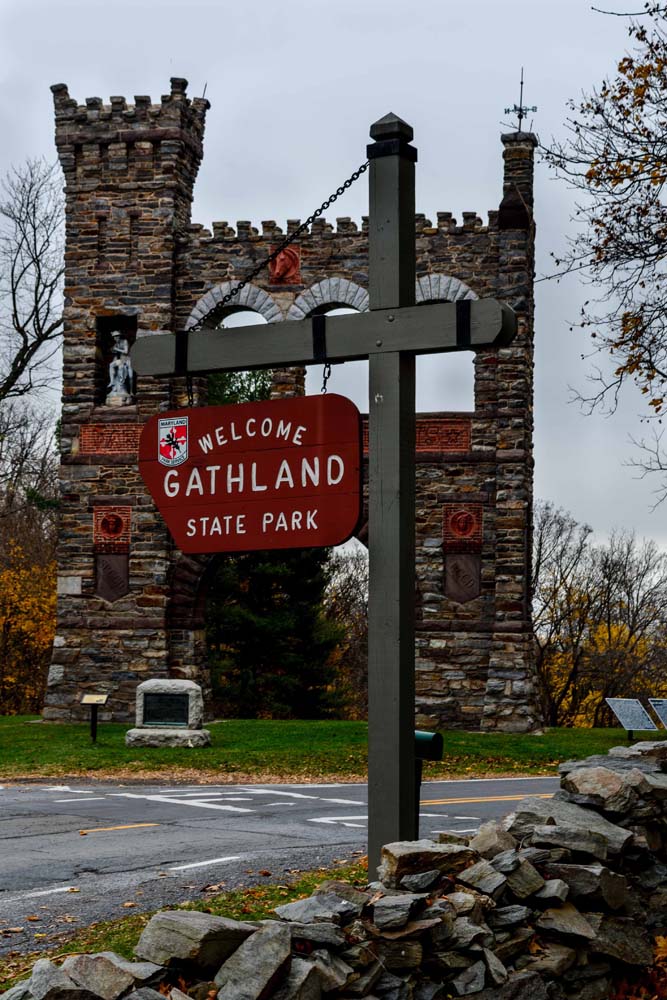
There is little remaining to be seen here in the way of Civil War history. This area, however, was later the home of George Alfred Townsend, a war correspondent during the Civil War, who wrote under the pseudonym "Gath." Townsend referred to his estate in the gap as "Gapland," and it is now a State Park called "Gathland State Park." One of the most remarkable features in the park is the War Correspondents Memorial Arch, seen in this picture here, built by Townsend in 1896; it is the first ever memorial to war correspondents killed in action.
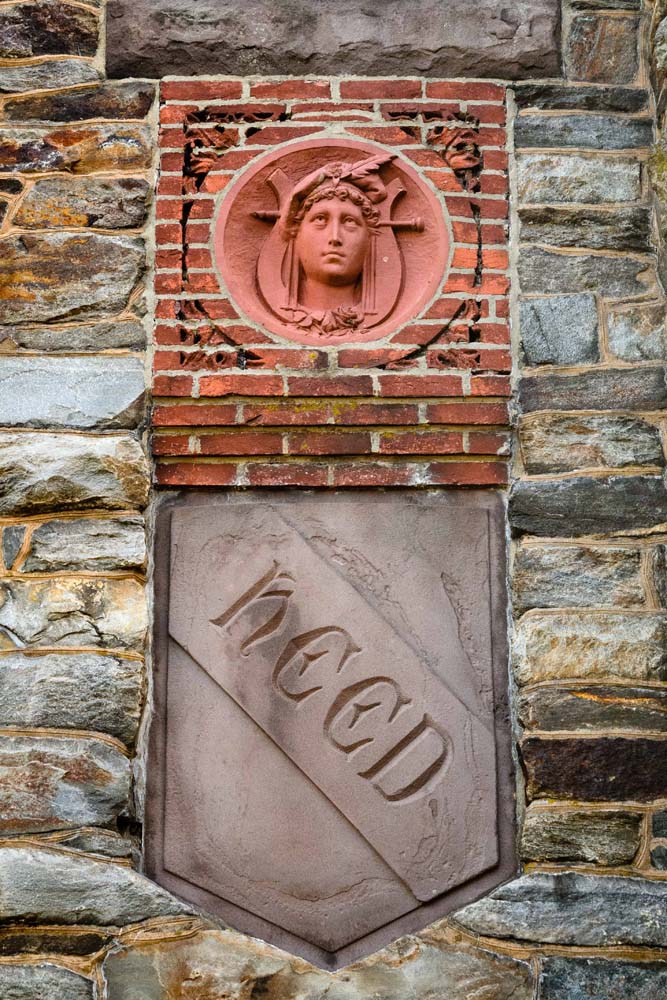
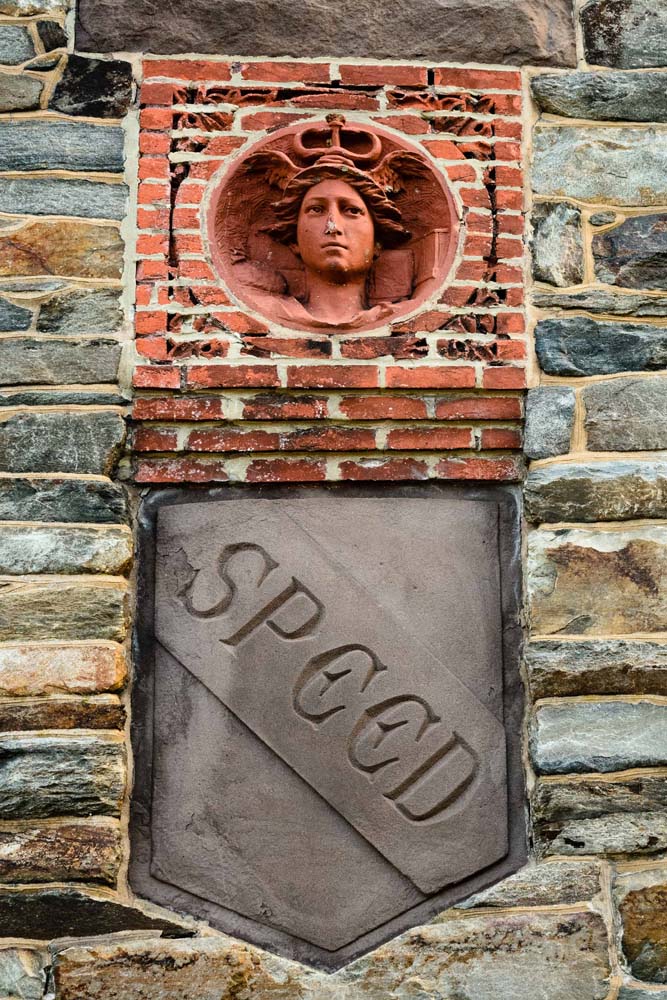
On either side of the arch are these plaques, that I would guess reflect what Townsend regarded as the most important virtues for war correspondents: "Heed" and "Speed;" getting the most important news to the readers in the fastest way possible. The horse heads near the top of the arch may also reflect the need for war correspondents to be nimble in getting to the most important action.
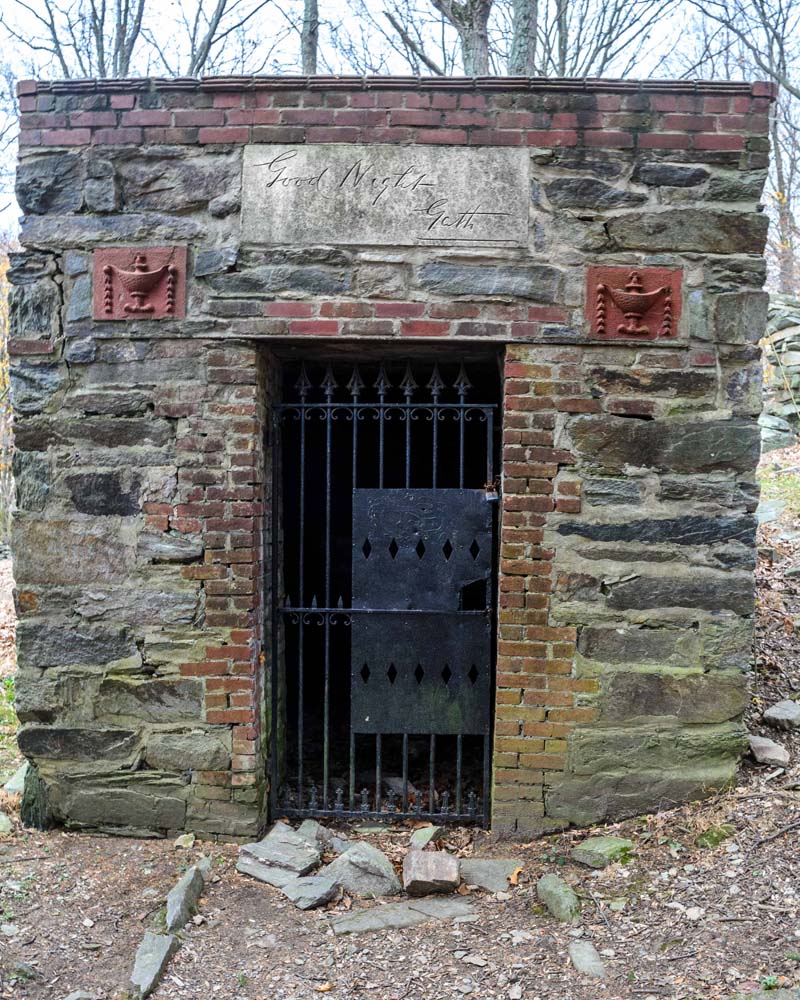
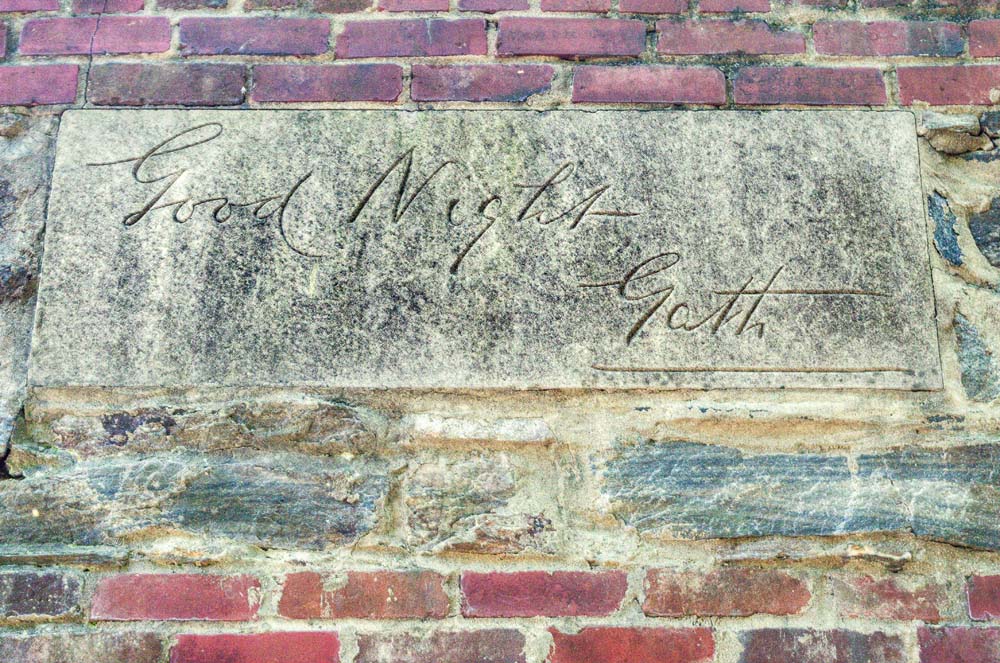
Also in Townsend's estate, he built a mausoleum, but unfortunately it was never used. Over the door to the mausoleum is a white stone plaque with the words "Goodnight Gath," as seen more clearly in the detail picture above. Townsend died in 1914 as was buried alongside his wife in Philadelphia.
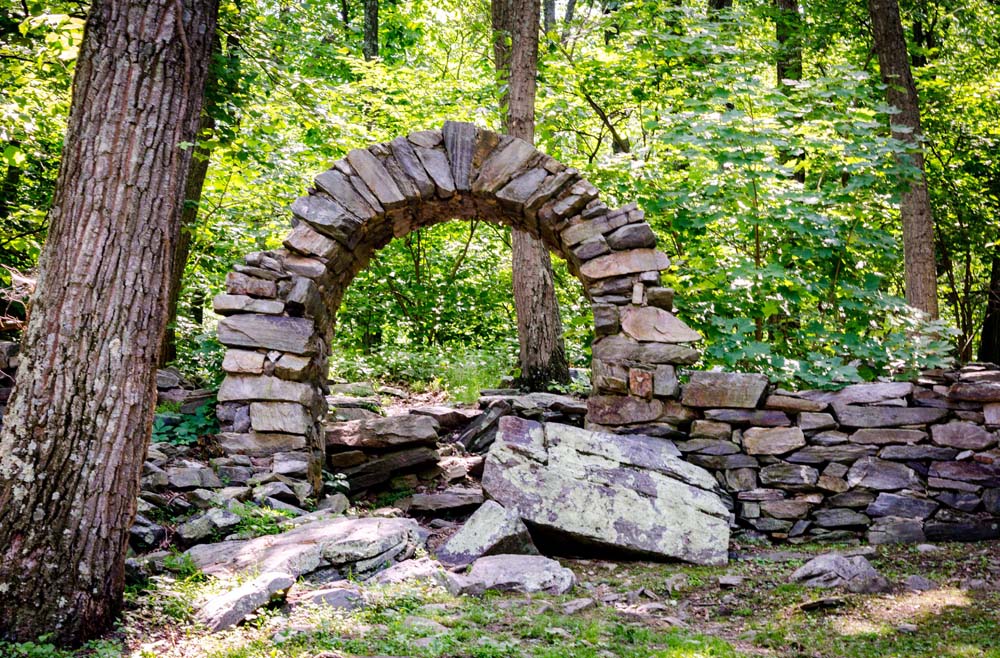
There was a stone wall surrounding a yard containing the mausoleum, and it included this graceful arch.
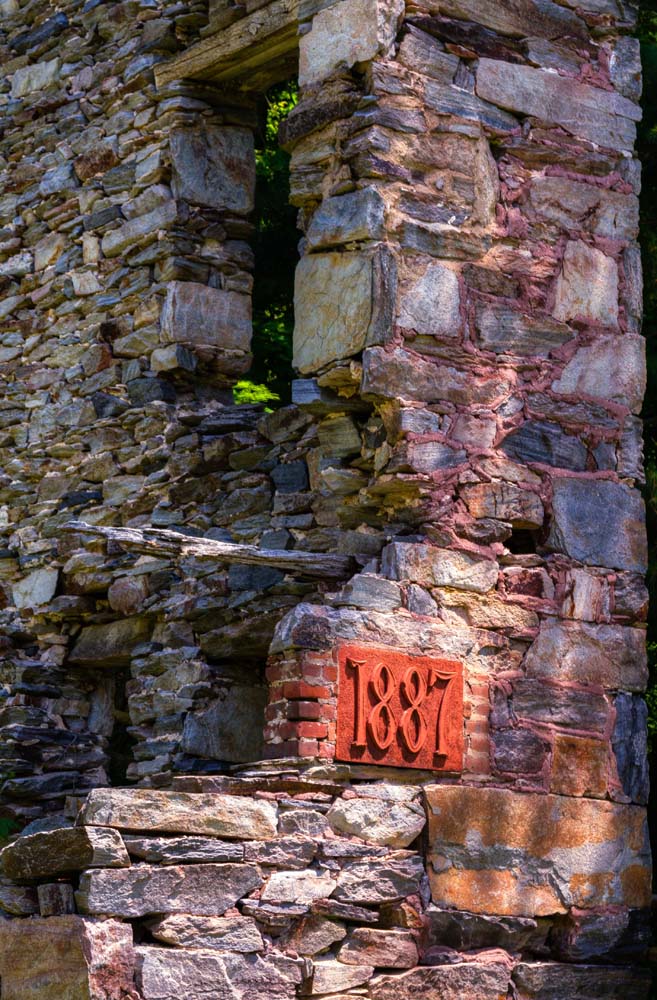
At the north end of the gap, where the Appalachian Trail enters the woods, there was the ruins of a stone barn, dated 1887.
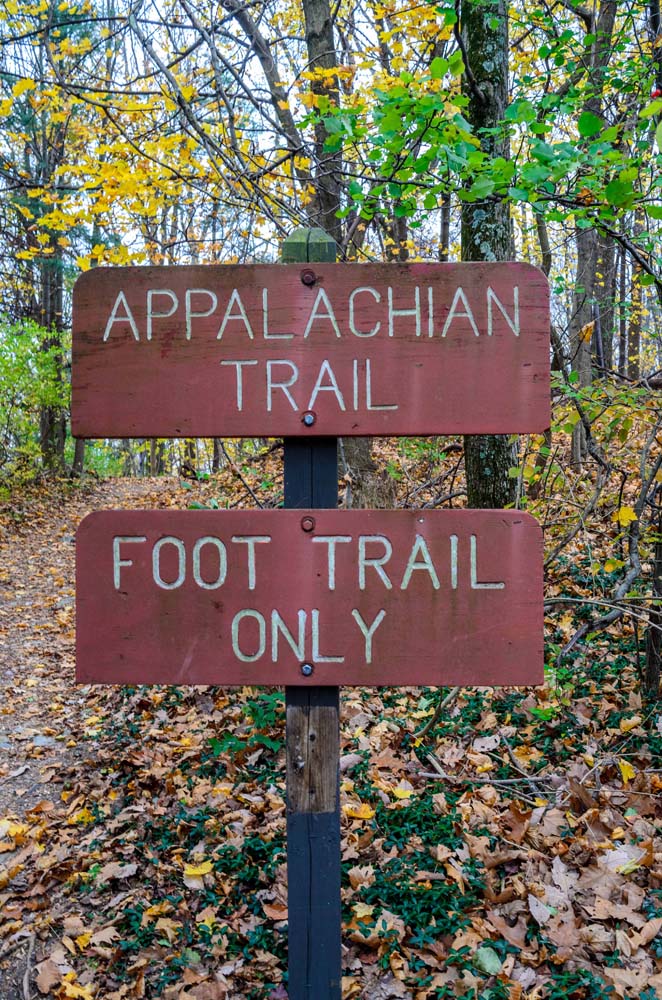
At the south end of the gap, where the Appalachian Trail enters the woods, near the mausoleum, there was this sign indicating that the trail is only for hikers.



